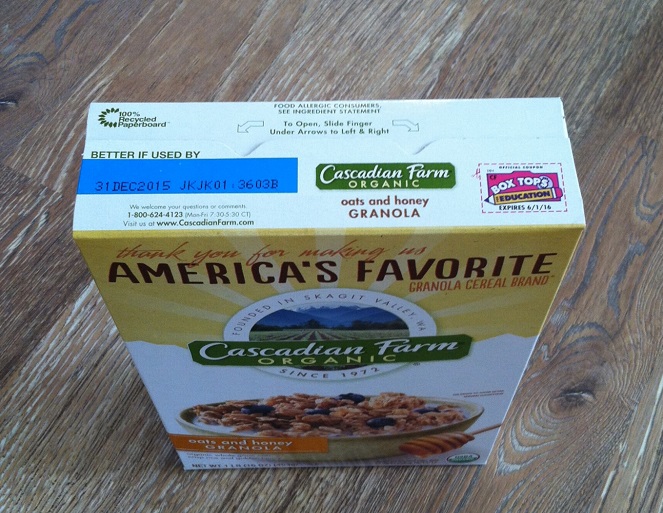 Food waste is a huge problem in the United States. Each year we waste 40 percent of our food, while 1 in 6 people struggle with hunger. According to the National Resources Defense Council (NRDC), 20 percent of that wasted food is because people are confused about date labeling. A survey by the Food Marketing Institute adds to this, noting that 90 percent of consumers, at least some of the time, throw away food too soon because they are confused about “expiration” dates.
Most of the dates you see on products are only an indicator of peak freshness – not a determination of when it is unsafe to eat and some dates have nothing to do with edibility at all.
Food waste is a huge problem in the United States. Each year we waste 40 percent of our food, while 1 in 6 people struggle with hunger. According to the National Resources Defense Council (NRDC), 20 percent of that wasted food is because people are confused about date labeling. A survey by the Food Marketing Institute adds to this, noting that 90 percent of consumers, at least some of the time, throw away food too soon because they are confused about “expiration” dates.
Most of the dates you see on products are only an indicator of peak freshness – not a determination of when it is unsafe to eat and some dates have nothing to do with edibility at all. From the NRDC: “Here’s a superbly-kept secret: All those dates on food products – sell by, use by, best before – almost none of those dates indicate the safety of food, and generally speaking, they’re not regulated in the way many people believe. The current system of expiration dates misleads consumers to believe they must discard food in order to protect their own safety. In fact, the dates are only suggestions by the manufacturer for when the food is at its peak quality, not when it is unsafe to eat.”
Some information on manufacturer’s labeling
- “Sell by” dates: This is for stock control for the retailer and has no bearing on whether or not the product is safely edible. This date is completely useless to the consumer.
- “Use by” and “Best before”: These dates are meant for consumers. The problem as noted previously in the quote by the NRDC is that these are many times just a manufacturer’s estimate of when the food will no longer be at peak quality, which is not an accurate date of spoiling or an indication that food is unsafe.
There is no way of knowing how any of these dates have been defined or measured, as state laws vary dramatically and companies set their own methods for determining the dates. According to the NRDC, “The only product for which a date is federally regulated is infant formula.”
What can you do?
- Buy fresh, whole foods and only purchase what you need.
- Before you shop, make your list based on ingredients you already have in your pantry and refrigerator.
- Use fruits and vegetables that are on their way out in a delicious smoothie.
- Freeze vegetable scraps to use later to make vegetable broth or throw them in your compost bin. One of the environmental problems created by food waste is the methane gas it emits in landfills.
- Learn how to property store your fruits and vegetables. Here is a great guide that I printed out and have on my refrigerator from the University of California, Davis.
“I only feel angry when I see waste. When I see people throwing away things we could use.” ~ Mother Teresa
Visit this website, to find out more information on how you can be part of the solution and avoid wasting food.